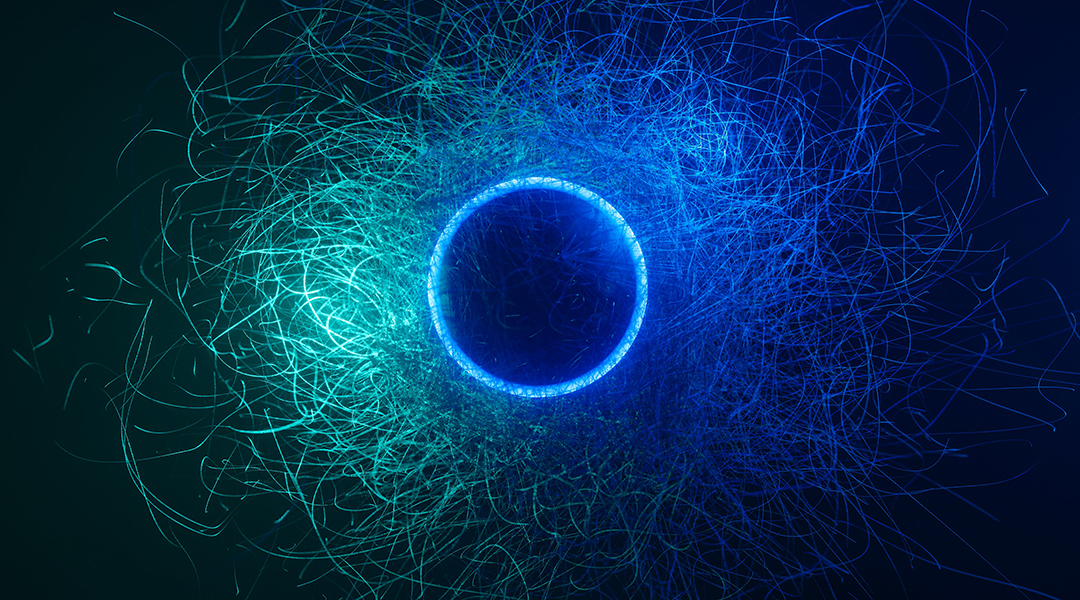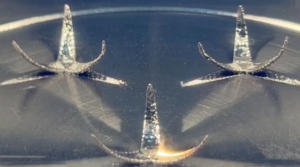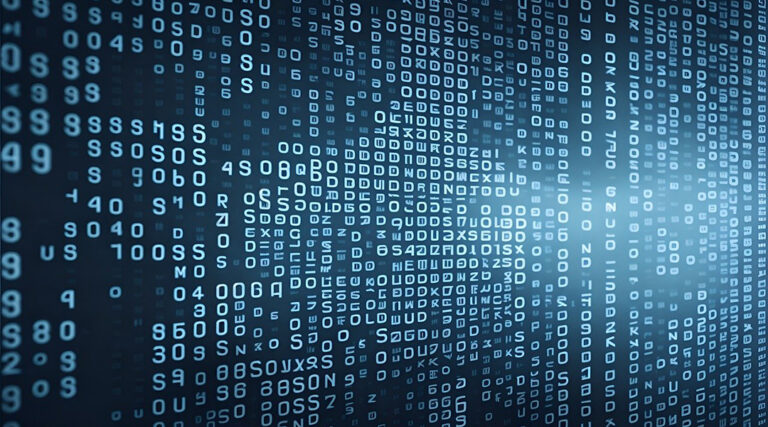Emergence of classicality states that a quantum description of a large object must be the same as its classical description, but this isn’t always so…
Quantum physics is used to describe the properties of elementary particles and is generally considered a fundamental theory in nature. However, when we leave the subatomic world, objects are better described by the laws of classical physics, meaning that at some point the quantum description of large bodies must somehow be reduced to Newtonian concepts.
“Quantum mechanics is believed to be a fundamental theory and it has passed every experimental test until now,” explained Tabish Qureshi, a professor at the Centre for Theoretical Physics at Jamia Millia Islamia in New Delhi. “But the world we perceive is a classical world, and if quantum theory is the fundamental theory, it should explain how a classical world emerges from it.”
This is known as emergence of classicality, which states that a quantum mechanical description of large objects must be the same as its classical description. But this doesn’t always happen — in some thought experiments involving very massive particles whose behavior should, in theory, obey the laws of Newtonian physics, these classical dynamics do not emerge.
The Stern and Gerlach thought experiment
In a recent study published in Annalen der Physik, Qureshi and his collaborators analyzed a modification to some fundamental concepts in quantum mechanics proposed previously by Nobel laureate Roger Penrose. In contrast to the usual formulations, this modification leads to the emergence of classicality in one thought experiment, which is problematic for standard quantum mechanics.
“We theoretically analyzed the experiment named after Stern and Gerlach, which involves the dynamics of a particle, also acting as a tiny magnet, passing through a non-uniform magnetic field,” explained Qureshi.
“Newtonian dynamics tells us that the trajectory of such a particle will depend on the angle the particle’s own magnetic axis makes with the external magnetic field,” he continued. “Usual quantum theory tells us that irrespective of the angle, there are only two possible trajectories of the particle along which it travels simultaneously — this can be accomplished through the principle of superposition. Conventional quantum laws never lead to the scenario that is predicted by Newtonian dynamics in this setup.”
In Penrose’s modification it is postulated that the two “copies” of a particle used in the Stern-Gerlach experiment interact with each other gravitationally as they travel along two paths toward the detector. In traditional quantum mechanics, where the classicality in this experiment doesn’t emerge, this type of self-interaction is not allowed because it would lead to a deformation of both their trajectories.
In the current study, the team solved modified quantum equations for particles of different masses and found that if the particle is light enough, then the shape of the particles’ paths or trajectories remains the same as in traditional quantum mechanics, but when it is massive — which means it is more classical than quantum — the two paths merge into one due to this gravitational interaction with the shape depending on the direction of the particle’s magnetic field, meaning that the classical behavior is restored.
“In short, including gravitational self-interaction of a particle, one can explain how Newtonian dynamics emerges from quantum theory in such an experiment,” said Qureshi.
Real-world experiments
Though the Stern-Gerlach experiment using macroscopic particles is purely theoretical, the team believes that in the near future it will be possible to perform a real empirical study using particles heavy enough to be expected to behave classically.
“A Stern-Gerlach experiment carried out with particles with mass equal to or larger than 10-13 grams will be able to test our theory,” said Qureshi. “We believe, carrying out this experiment is well within the reach of current technology, and we expect that some experimentalists will be motivated enough to realize it soon.”
Although in the Penrose’s approach to quantum physics the classical behavior emerges when expected, it has flaws. One is that in its most naive interpretation, the modified theory violates the rule that the probability of all measurement outcomes must add up to 100%, which is called unitarity in quantum physics.
“The properties of our equation are inconsistent with fundamental unitarity of quantum mechanics,” admitted Qureshi. “However, in the kind of experiments in which this unitarity has been tested till now, the differences between our theory and usual quantum mechanics are negligible, and the modified dynamics is unitary for all practical purposes.”
Another issue is that the modified quantum mechanical description seems to allow for travel that is faster than the speed of light, contradicting the basic principles of the theory of relativity.
If these problems cannot be solved within the framework of the Penrose approach, this will mean that it might still be necessary to look for other ways to solve this problem of the emergence of classicality.
Reference: Sourav Kesharee Sahoo, Radhika Vathsan, and Tabish Qureshi, Emergence of Classicality in Stern-Gerlach Experiment via Self-Gravity, Annalen der Physik (2023), DOI: 10.1002/andp.202200627
Feature image credit: Dynamic Wang on Unsplash












+ There are no comments
Add yours